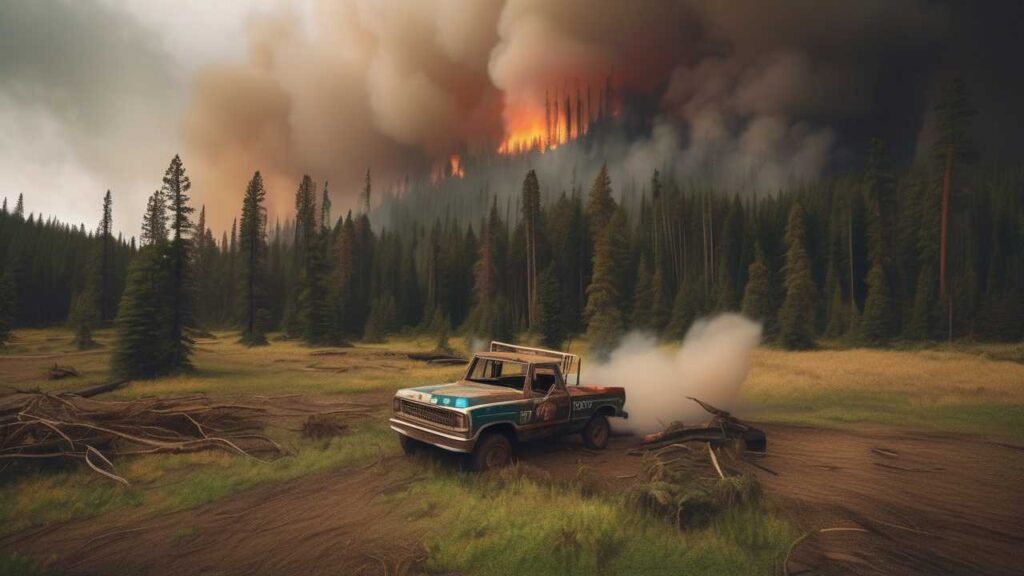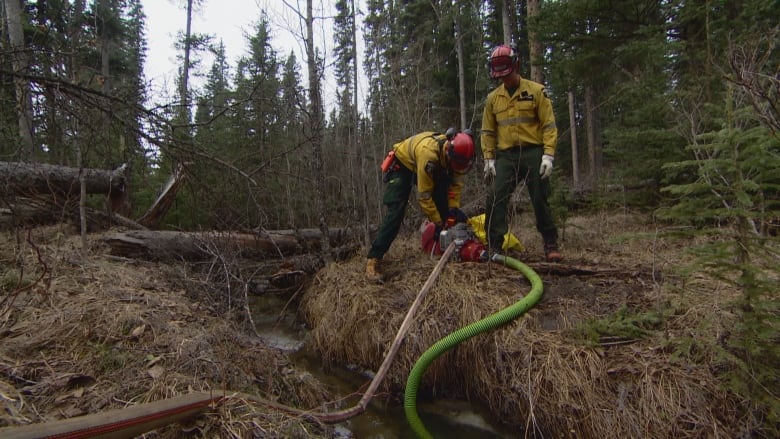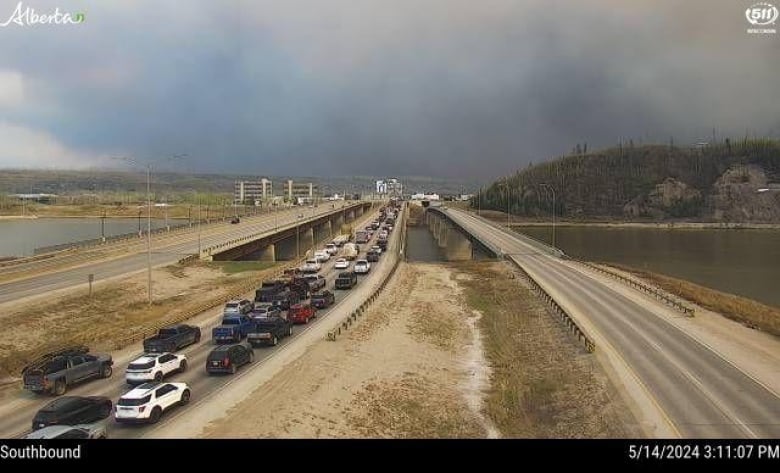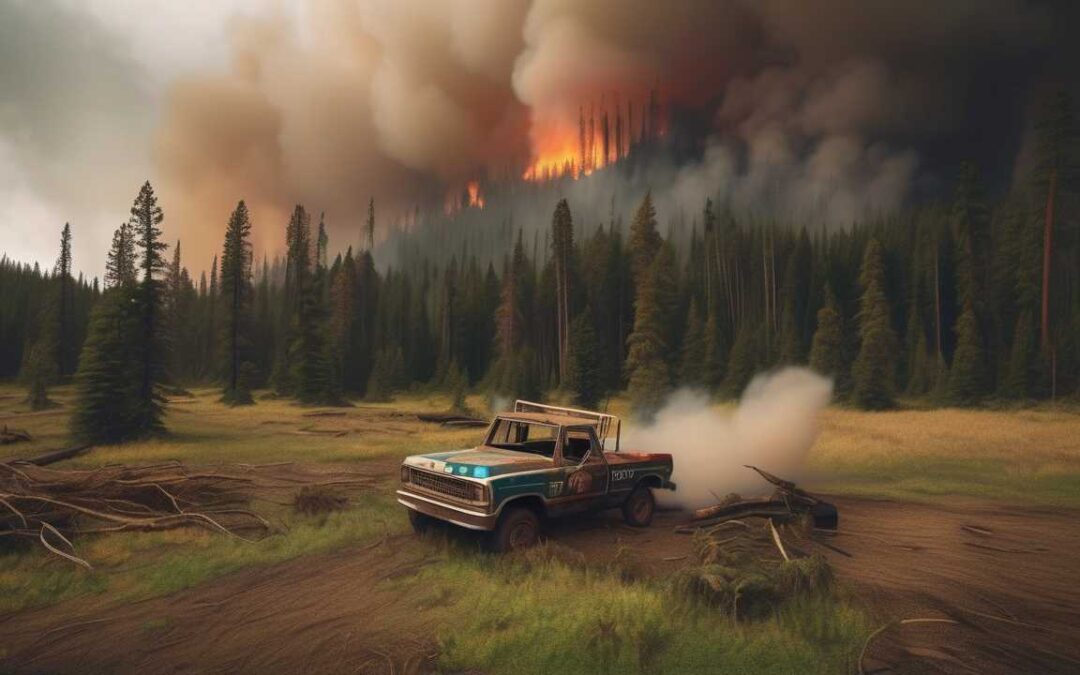The bar was low for a better wildfire season in Alberta this year after a record-shattering season in 2023, persistent drought conditions, and expectations of high temperatures. However, the province has managed to weather the crucial spring period and emerge in far better shape than it did at this point last year.
Improved Conditions
According to Christie Tucker, the information unit manager for Alberta Wildfire, Alberta is in a very different place compared to 2023. Last year, there were 77 active wildfires in the province, and approximately 1.7 million hectares had been burned by this time. In contrast, as of 4 p.m. MT on Monday June 17, 2024, there were only 15 active wildfires and approximately 28,000 hectares burned.

Influencing Factors
Brian Proctor, a meteorologist with Environment and Climate Change Canada, explained that the expectations for this season were influenced by a multi-year drought and a warm winter.
“We had little snowpack for much of the province and we [were] in drought conditions, but conditions were waning on the El Niño side of things,” Proctor said. “So it was looking like a more typical spring.”
Alberta Wildfire recognized that El Niño would continue to affect Alberta until at least the spring, which is known to be a volatile time for wildfires. They wanted to be prepared for the worst if conditions similar to the previous year were to occur again.

Concerns and Progress
The spring is a critical period for wildfires as the dryness of grass, trees, and other combustible materials, combined with strong winds, can lead to increased fire risk. A warm winter with a lack of snowpack exacerbated Alberta’s challenges for the year.
However, the situation improves as the seasons shift into summer. The presence of more green vegetation helps reduce the wildfire risk to some extent. Additionally, the cause of wildfires shifts, with fewer human-caused fires and an increase in the number due to lightning strikes, often occurring in remote areas.
Weather Outlook
While Alberta’s temperatures should be closer to average this year compared to last year, precipitation remains harder to predict. July and August tend to be fairly dry, with any rainfall being sporadic and scattered. Drought conditions have eased in much of Alberta due to increased precipitation, but the far northwest region still faces dry conditions.
Despite recent rainfall and the approaching summertime, Christie Tucker of Alberta Wildfire emphasizes the importance of remaining vigilant. Fires must always be taken seriously, regardless of the level of fire risk, as they can start at any time of the year.

A highway camera captures traffic congestion in Fort McMurray on the southbound lane of Highway 63, north of the Athabasca River, on May 14. This scene occurred approximately an hour after an evacuation order was issued due to a wildfire.
